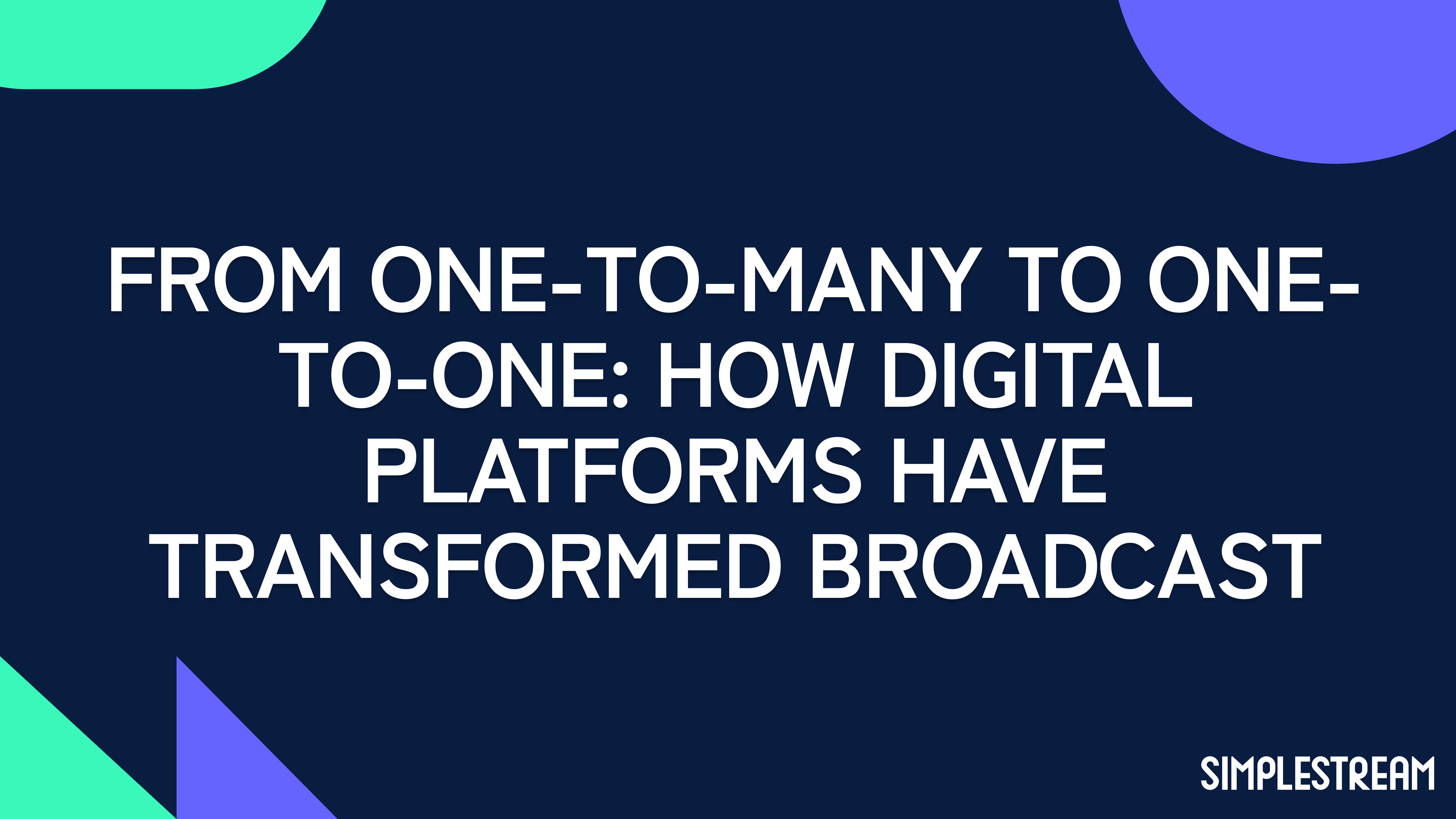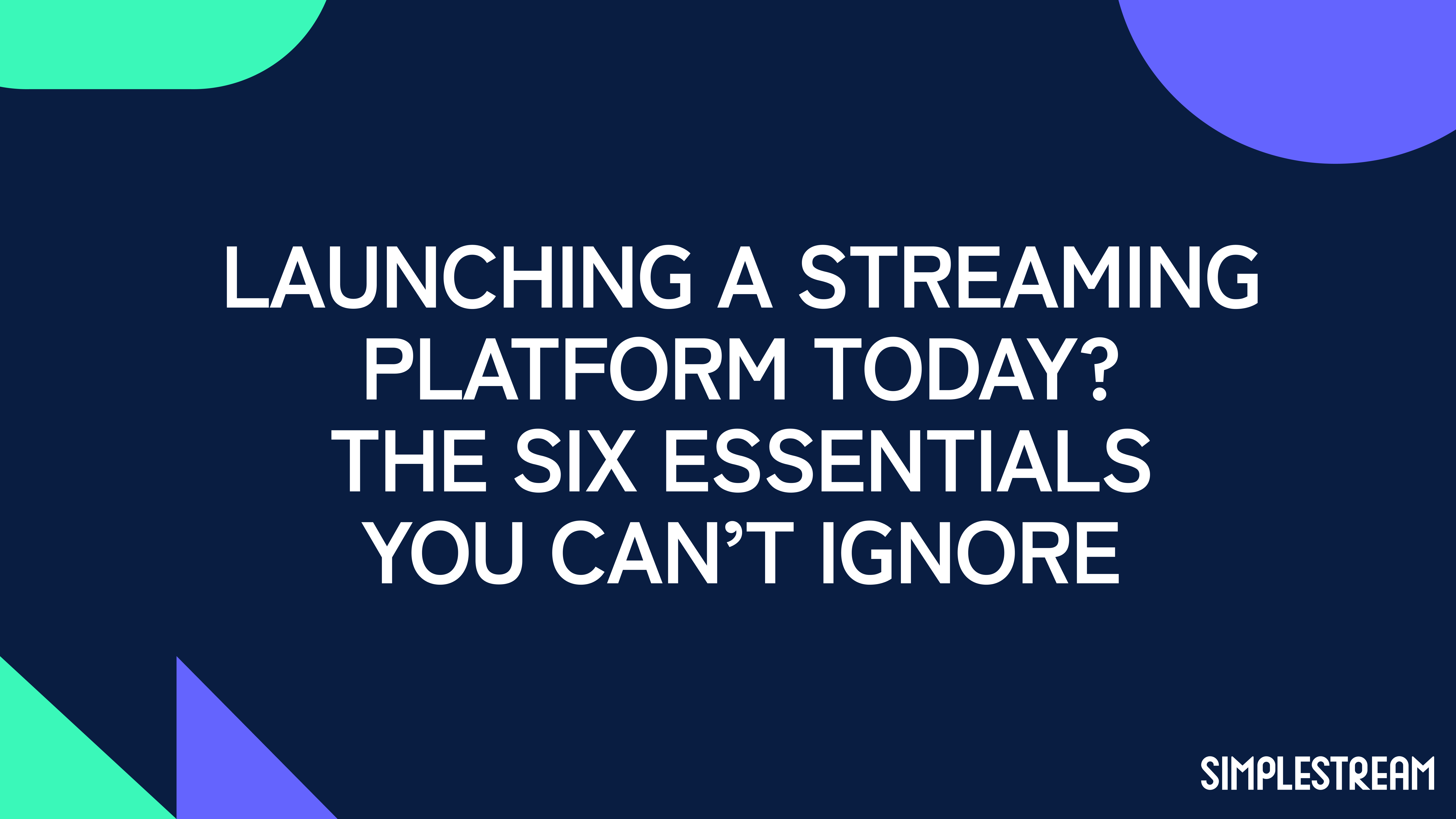Launching a successful D2C streaming service: four things to remember - Research is key
Learn about the importance for operators to keep investing in research and development, even after a successful launch.
Among the benefits of going direct-to-consumer (D2C) with a streaming service are these key factors: a wider audience reach, the ability to maximise your revenue streams, and therefore to build a highly profitable business.
As part of this blog series, we focused already on the importance of being customer-centric, and the need to tailor personalised experiences for your user-base as the first two pillars of a successful strategy.
Now picture this: you have just launched your brand-new service, making a big splash in the market and witnessing a great response from your audience. The temptation to sit back and enjoy the ‘show’ is almost irresistible. And it’s also one of the most common mistakes you could make in these circumstances. A misjudgement that could really be detrimental to the expected growth of your platform.
In this blog post, we dig into the importance for operators to avoid resting on laurels and keep investing in research, continuous testing, development and redevelopment of those functionalities that actually make your audience’s experience stand out.
Have a look for yourself.
#1. Be wise, keep researching
By failing to prepare, you’re preparing to fail. It’s a common rule, yet often ignored, with no exception among OTT and streaming operators. The lesson is: never stop learning. From your users, from competitors, from technological advancement in general. A good launch of your new platform doesn’t mean ‘forever successful’. And like an athlete, you can only reach new heights of performance by never-ending training and research for improvement.
Continuous dialogue and request for feedback with your own audience are integral to a process of sustained growth and improvement. Don’t dismiss your users’ insight, leverage it to inform your decisions in development, against set KPIs you’ll need to monitor through testing, on an ongoing basis. Think of social media platforms, for instance, and the almost imperceptible changes to the user experience rolled out daily. Those ‘beta tests’ may not always make it to the live platform, yet that testing – which comes from audience behaviour and insights – is extremely important.
#2. Add new features, responsibly
The research and development of new features and functionalities need to sit at the foundation of your organisation. However, it’s always fundamental to keep some perspective. And to start from a fact: you cannot have everything.
We spoke already about the importance of keeping things simple, to avoid a dangerous fragmentation of your experience. Increased complexity does no good to your consumers; it actually distracts them from your core differentiator. Your best allies are strong analytics tools, as they let you capture the metrics that are integral to understanding what your audiences are looking for, and how they consume content on your service.
Don’t be obsessed with adding every single feature you might think of. You clearly don’t want to overspend – and overpromise – on functionalities you users might end up ignoring. Or worse, features that will cost you a lot of money, creating some sort of ‘Fyre Festival’ scenario, where expectations never meet reality.
#3. Be ahead of the game
There are many ways your research and development can lead to a deeper experience on your D2C platform. Technology is here to help, regardless of whether you are thinking about personalisation via bespoke recommendation algorithms or content enhancement.
Artificial Intelligence (AI) has been making the headlines for a while now, as operators are looking to enhance their capabilities via smarter data exploitation. Content can be customised by deploying AI-led methods to deepen insights, discover topical moments, and accelerate editorial workflows. This results in a faster and more accurate personalisation of an experience that becomes unique for the end-user. Think of recommendations, of course, but also of richer content metadata, as well as the ability to automate processes such as creation of catch-up content, highlights and other assets for bite-sized consumption near-live.
Conclusions
The crux of it all is that your D2C streaming service will need to fit an ever-evolving big picture. Technology changes, bringing to surface new opportunities to satisfy the needs and wants of increasingly demanding audiences. Research is the keyword, together with the development of ever so solid and reliable sets of features and advanced architectures.
Keep following us as we take the pulse of the world of D2C streaming platforms and define the four pillars of a successful strategy. In the final chapter, get ready to embrace data as the real weapon in your arsenal to move the needle and win this tough ‘streaming war’.


